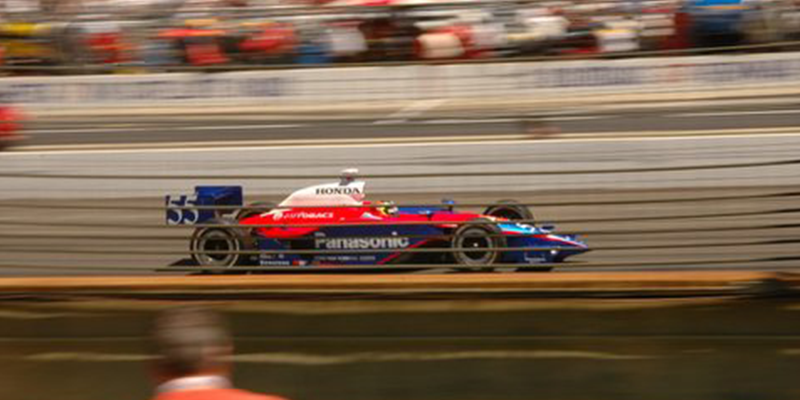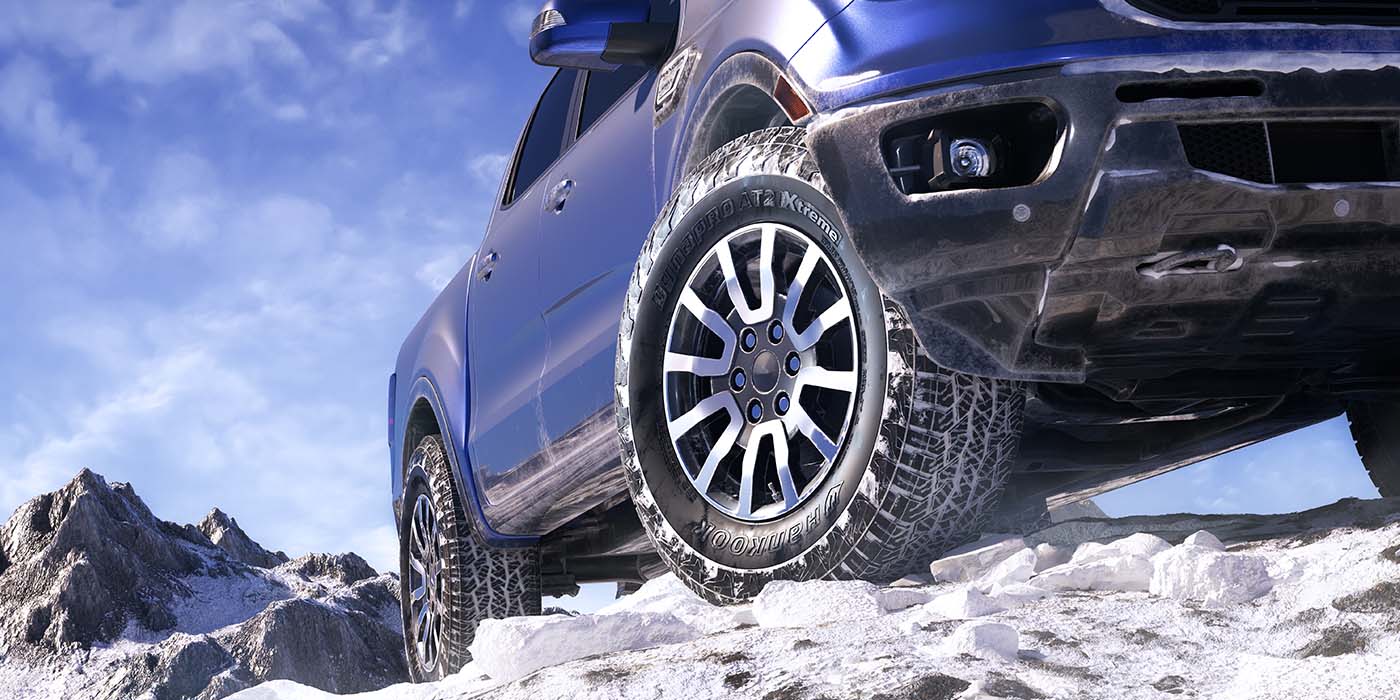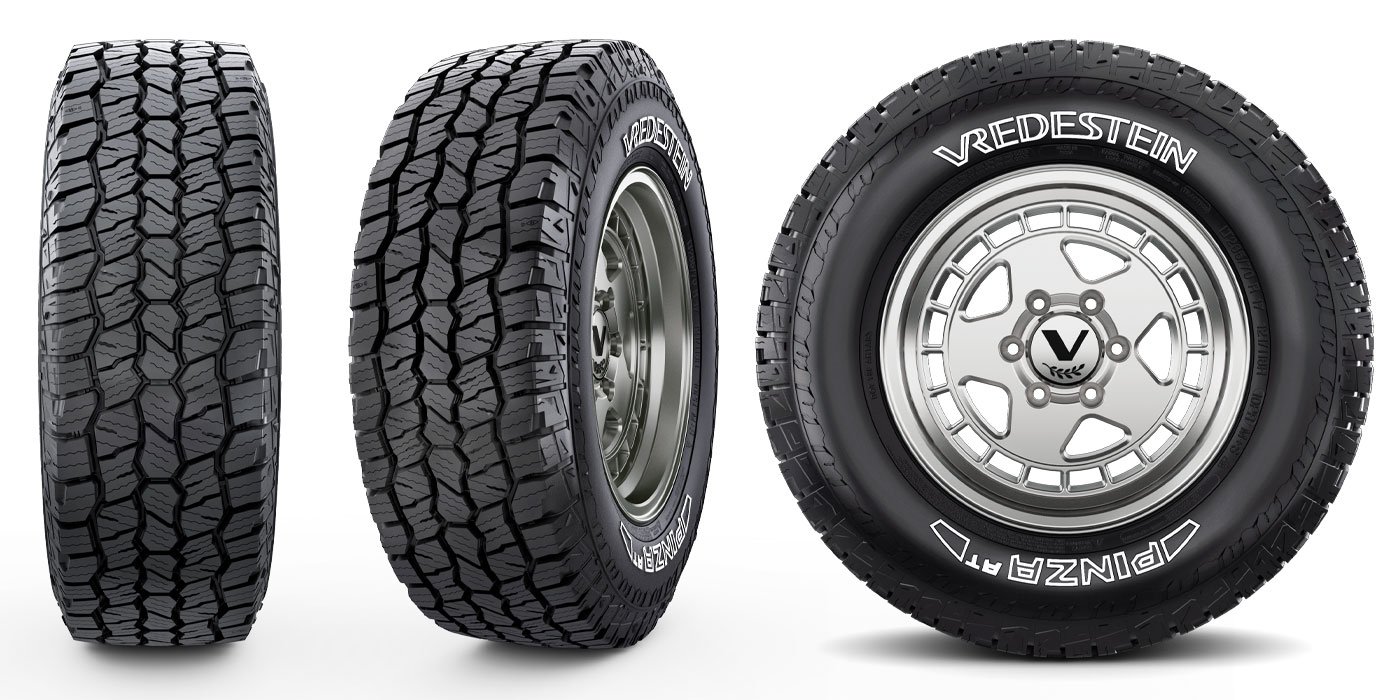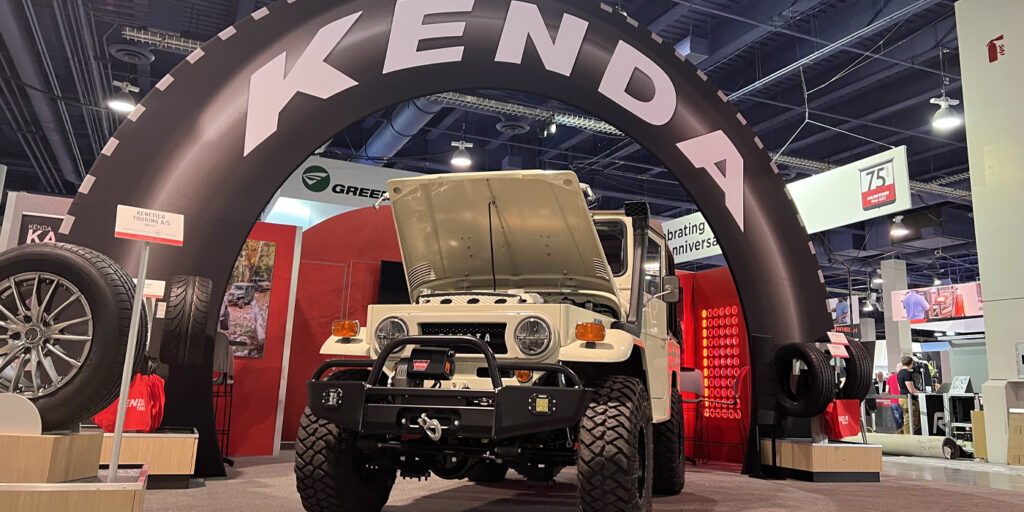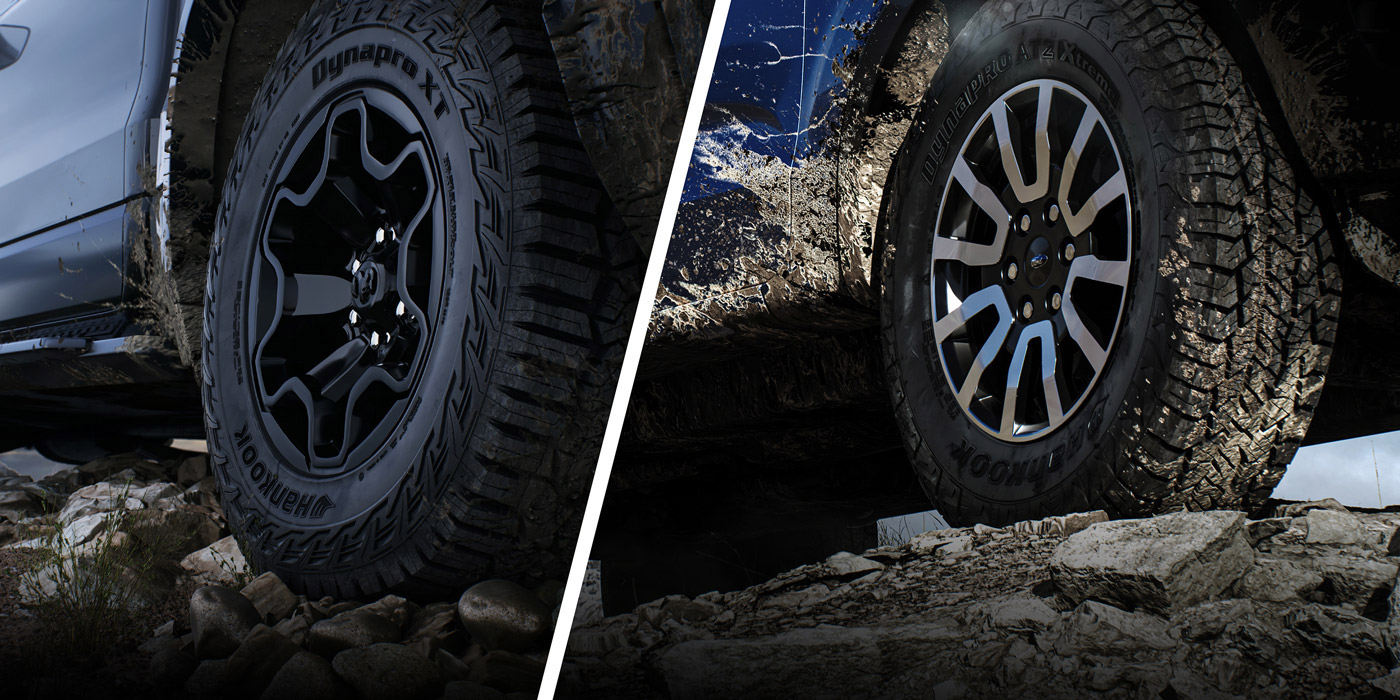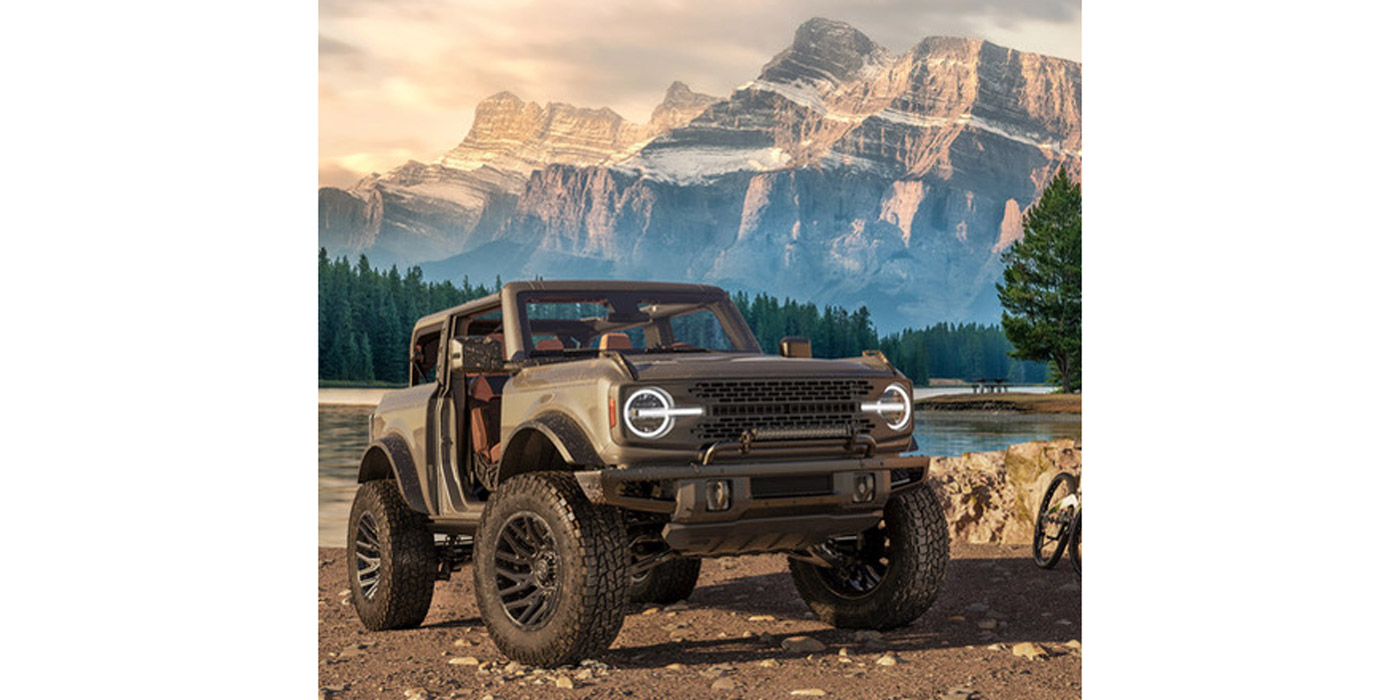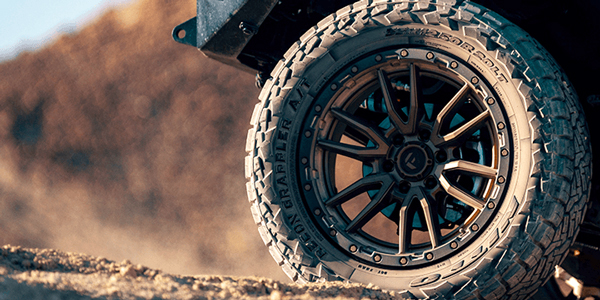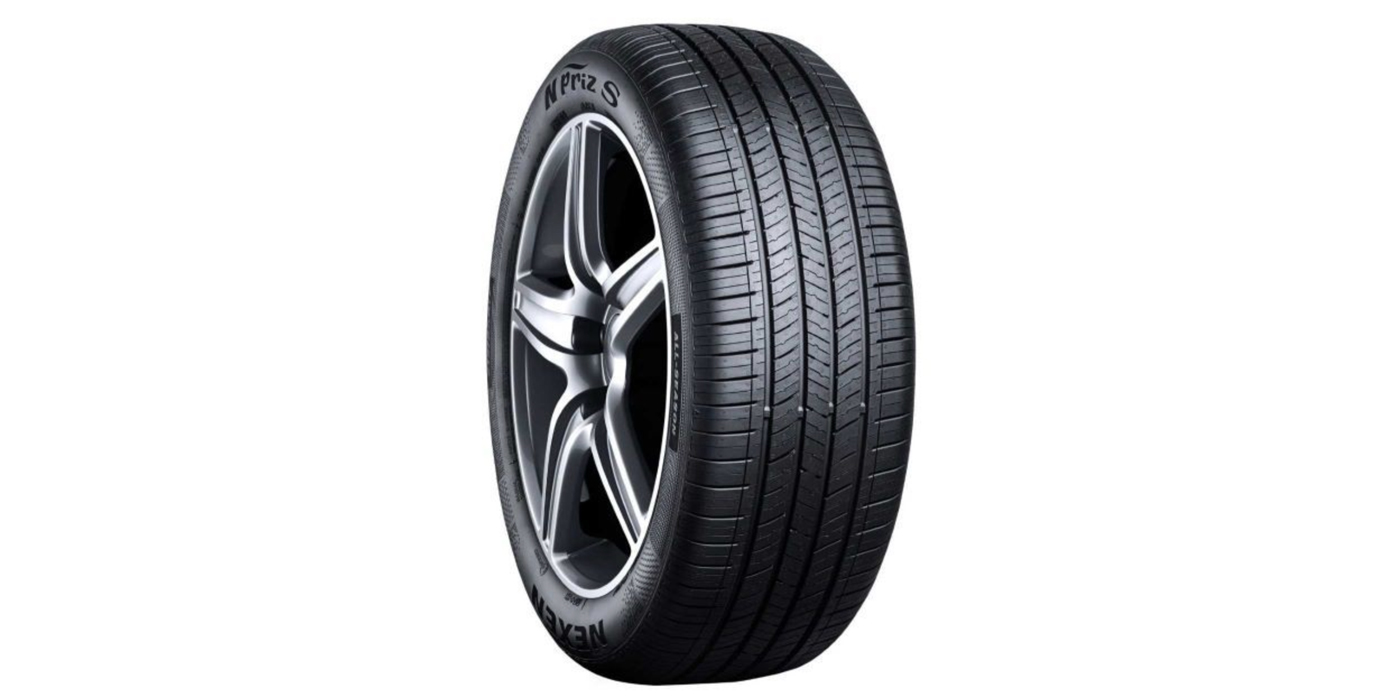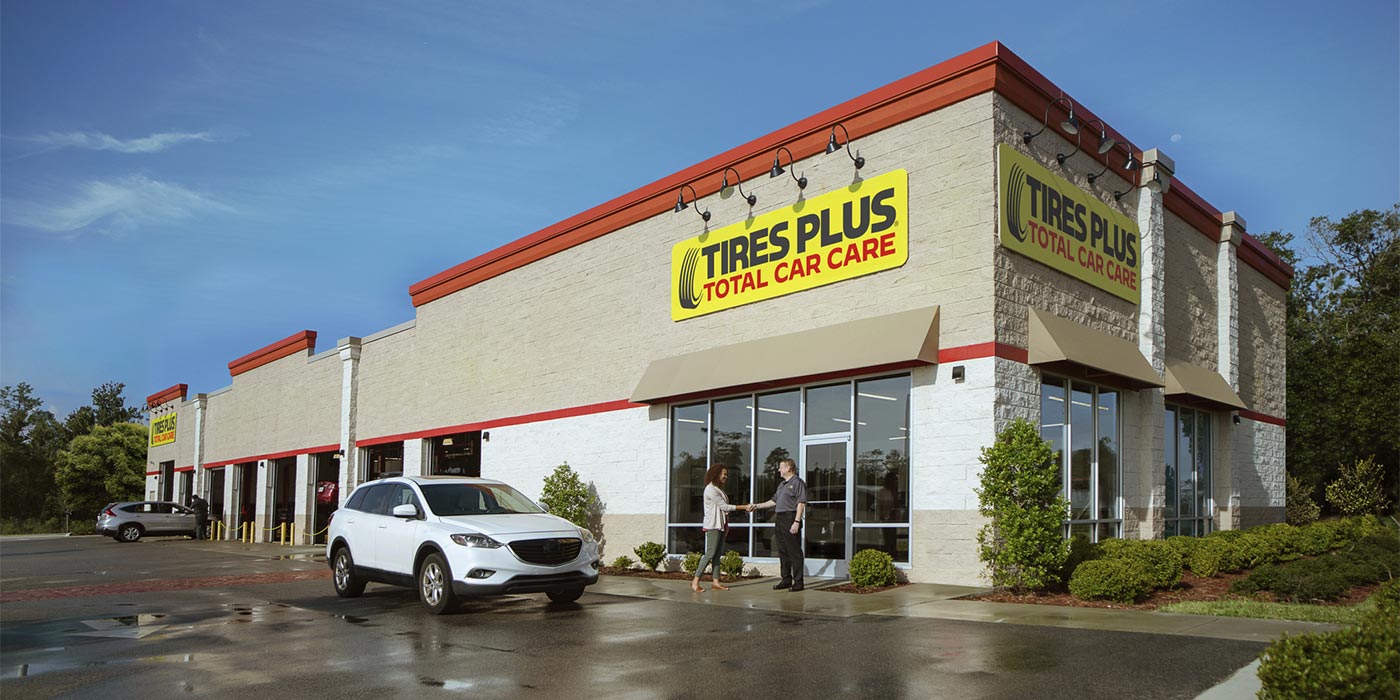A stack of Oreos, a bag of Swedish Fish, gummy bears and a pint glass. Believe it or not, all these items can teach us about engineering a race tire for one of America’s most iconic races: the Indy 500.
With the 104th running of the Indy 500 set to take place this Sunday, Bridgestone Americas Motorsports invited members of the media to a hands-on engineering lesson about how Firestone’s Firehawk tires are designed to meet the demands of the Indianapolis Motor Speedway. Cara Adams, director of race tire engineering and production, hosted the snack-food inspired engineering lesson via Zoom from the speedway, where she’ll be running the show on the tire side this weekend.
“At an old racetrack like Indy, we have four different tire specs for different sides and different positions of a tire,” said Adams, noting that the company supplies close to 5,000 tires just for the Indy 500 event. “We change the construction, tread depth and compounds from the right to left side and the rear and front.”
Adams said all Firestone Firehawks used in the NTT IndyCar Series are engineered to meet the individual demands of each racetrack. Because the racecar is always turning left on the Indy’s speedway’s oval, more of the vehicle’s load is transferred to the right side of the car, which presents unique engineering challenges for her and her team.
“Between turns one and two, you have less than 30% of the load on left side of the tires versus the right side, which carries 70% of the load. This means the right-side tire needs to be more durable in compound and construction,” she said, slowly tearing apart a brittle Swedish Fish to demonstrate the compounding on the right-side tires. “These tires need to be more durable because they run at higher pressures and generate more heat under more load.”
On the other hand, the left side tires need to be softer and have more mechanical and compound grip, using the gummy bear to demo. With each 10-degree change in temperature, a tire’s grip can be altered by 10%, Adams said.
The Firehawks used at the Indy 500 also have a shallow tread depth. Adams compared it to the thickness of an Oreo Thin cracker, compared to a passenger tires (a regular Oreo) or off-the-road tires (a double-stuffed Oreo. Finally, Adams explained that the tires used in this year’s race are about 3/10-in. Larger on the outside of the vehicle than on the inside. The tires used Sunday will be the same compound and construction used last year, since the team updated the tires last year to make them less sensitive to shifts in load.
Adams demonstrated why the tires need to be different sizes by rolling a pint glass on a table.
“On the road or on the street, the right- and left-side tires need to be the same size to roll straight,” she said. “But with race tires, they need to travel in an arc to handle the speedway’s turns.”
Adams said when looking at the tires going in between Turn 1 and Turn 2 at the Indy Motor Speedway, each tire experiences a different load depending on where the driver is in the turn. For example, when the vehicle comes into Turn 1 at over 220 mph, the tires support higher loads in this 90-degree turn due to the downforce created by the aerodynamics of the vehicle. In fact, Adams said the tires are supporting more than double the weight of the car when its standing still.
As the vehicle accelerates into Turn 1, more load is transferred to the right rear tire, Adams explained. However, as the driver slows to enter the turn, cornering force transfers the load to the right-side tires with the left-side tires carrying less than 30% of the load.
After Turn 1, tires have less than three seconds to stabilize before going into Turn 2, where a similar weight transfer process happens. In this high-speed corner, the total area of contact between the tires and the track is less than two sheets of notebook paper. Through both turns, Adams said the vehicle’s speed never drops under 200 miles per hour.
In addition, pressure changes in a tire from lap one to, say, lap six or seven, affect its performance and wear, Adams said. As the tire heats up, the pressure inside it grows and the compound changes. Other factors in the vehicle, such as the amount of fuel it’s carrying, can also change the weight of the vehicle from lap to lap, affecting the load on the tires.
Adams said at this year’s Indy 500, expect race teams to use six to seven sets of tires throughout the race. This year’s race kicks off at 1 p.m. EST Sunday, Aug. 23 on NBC and NBCSports.com.

